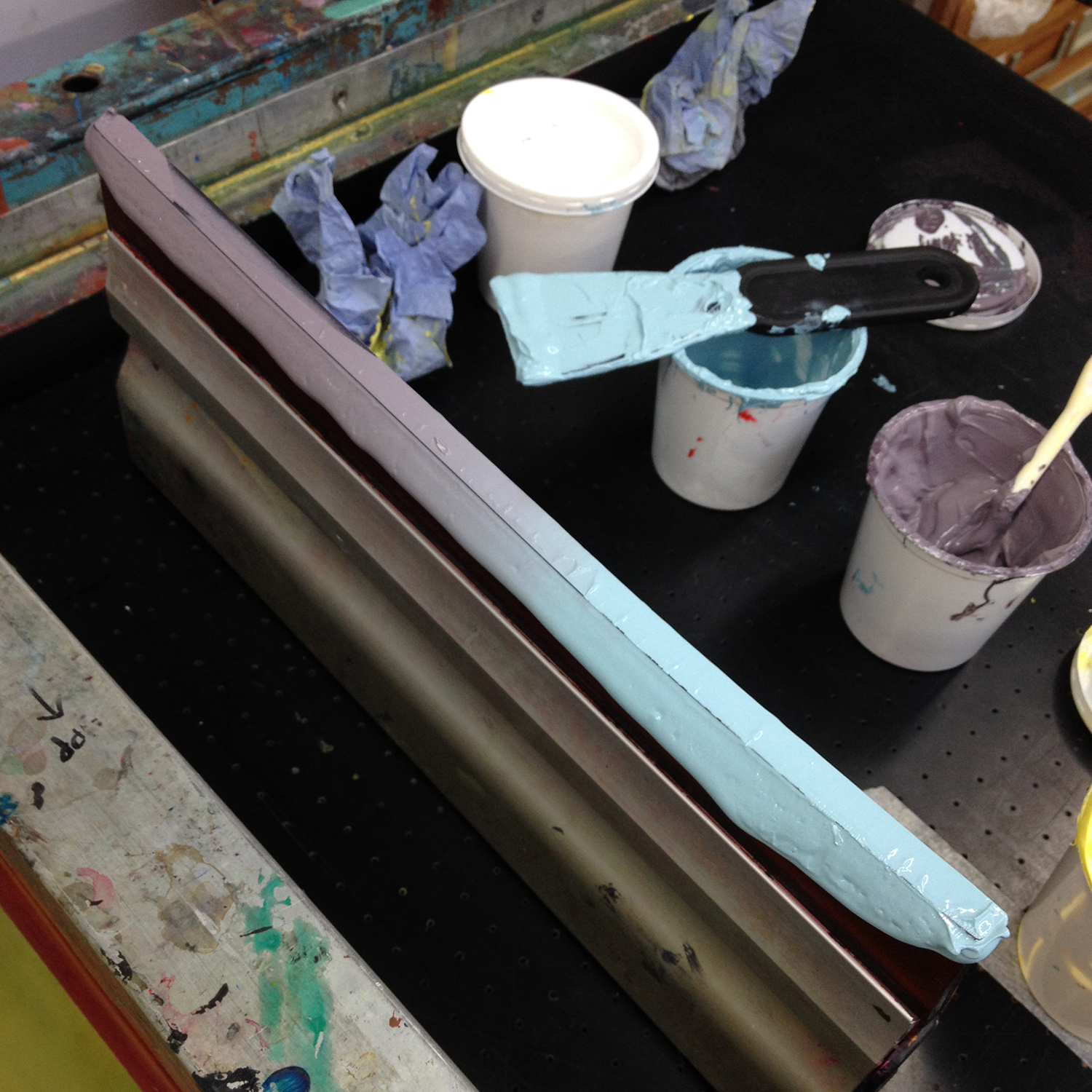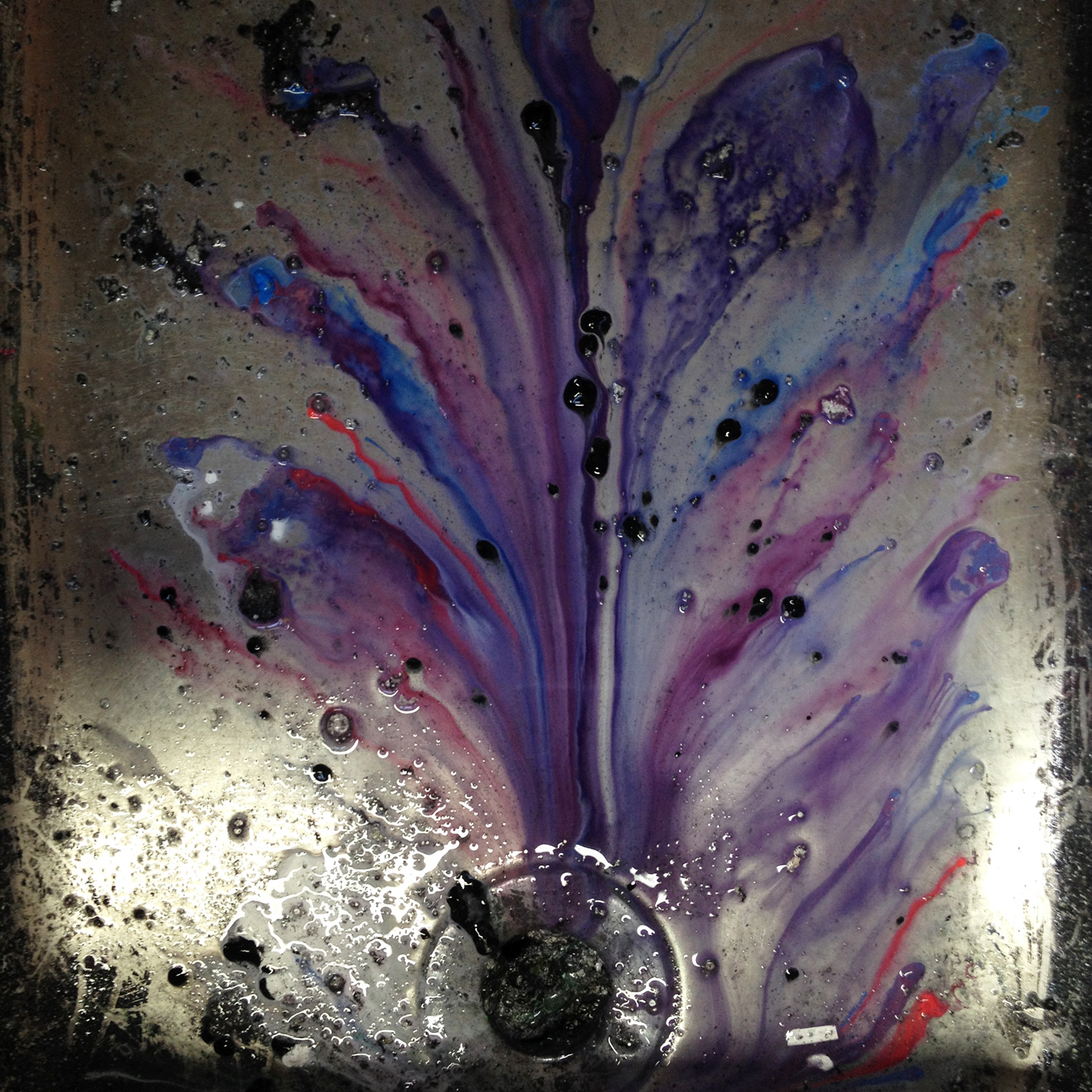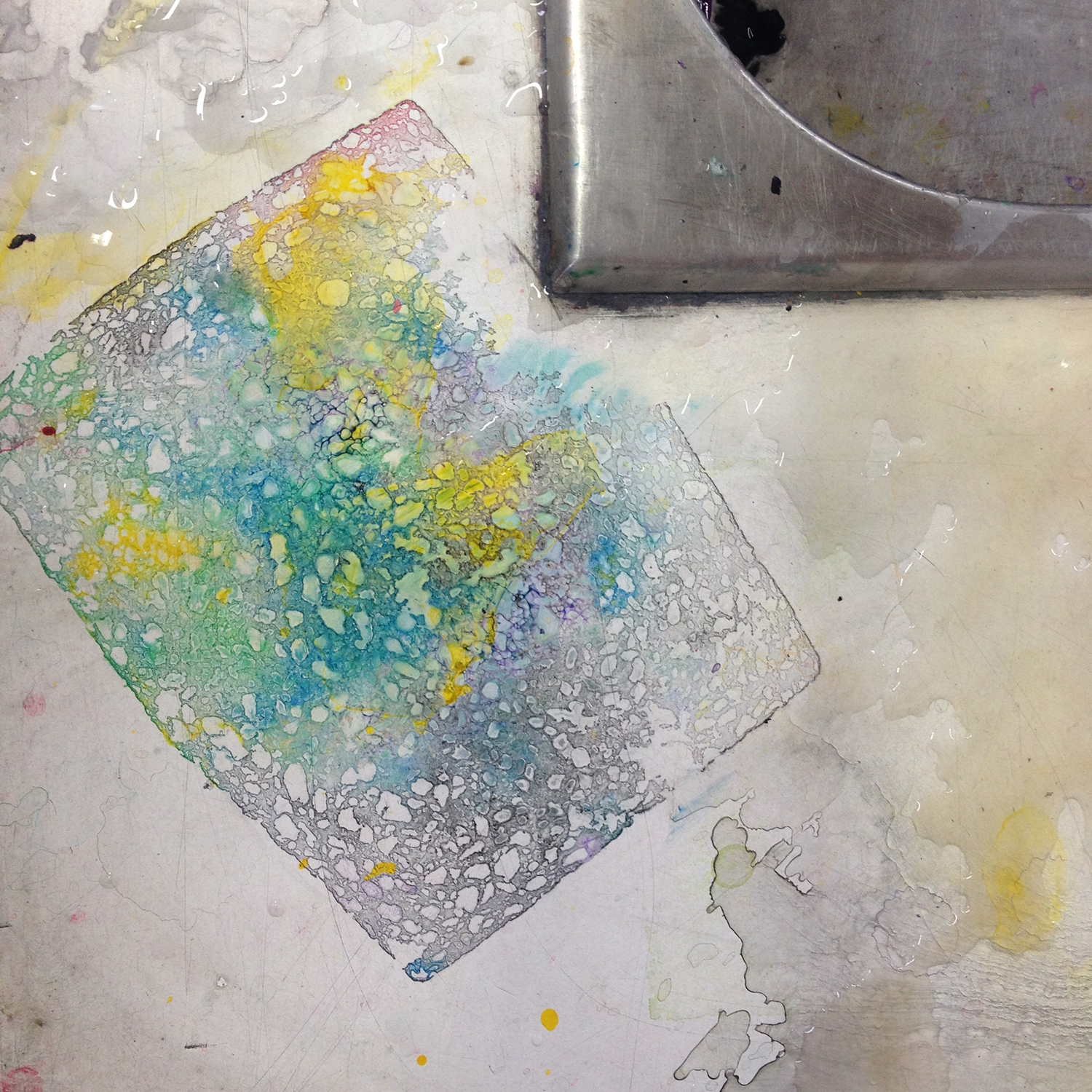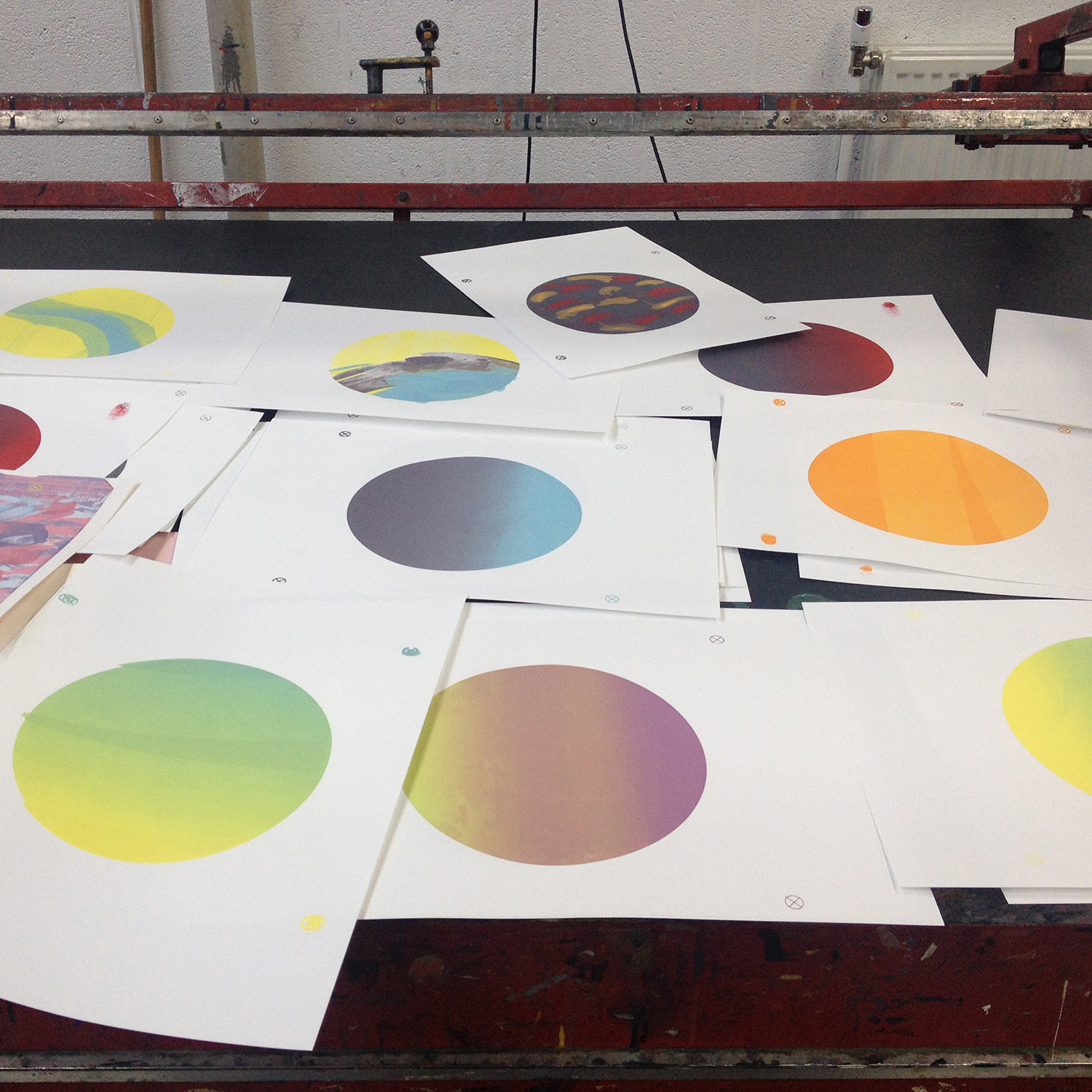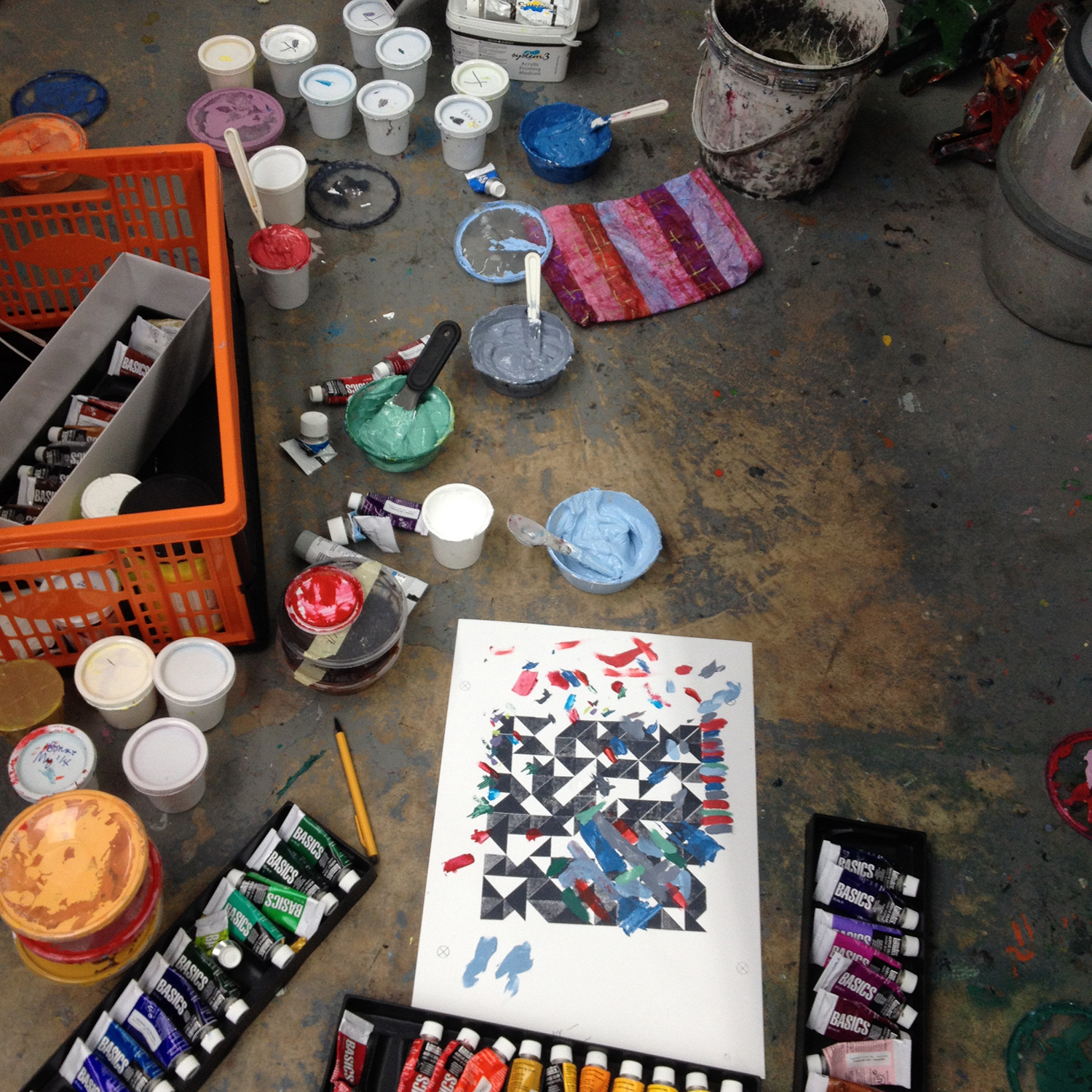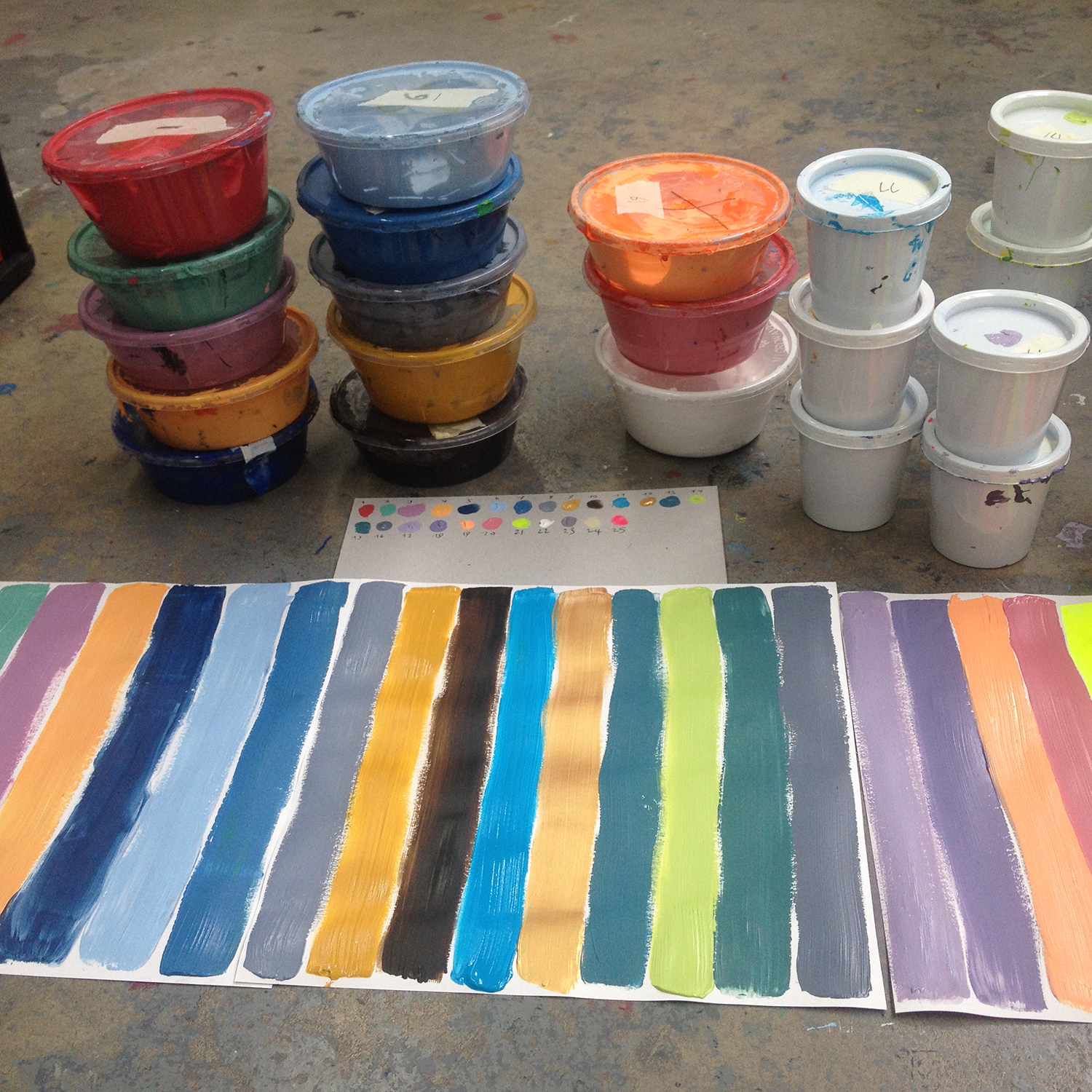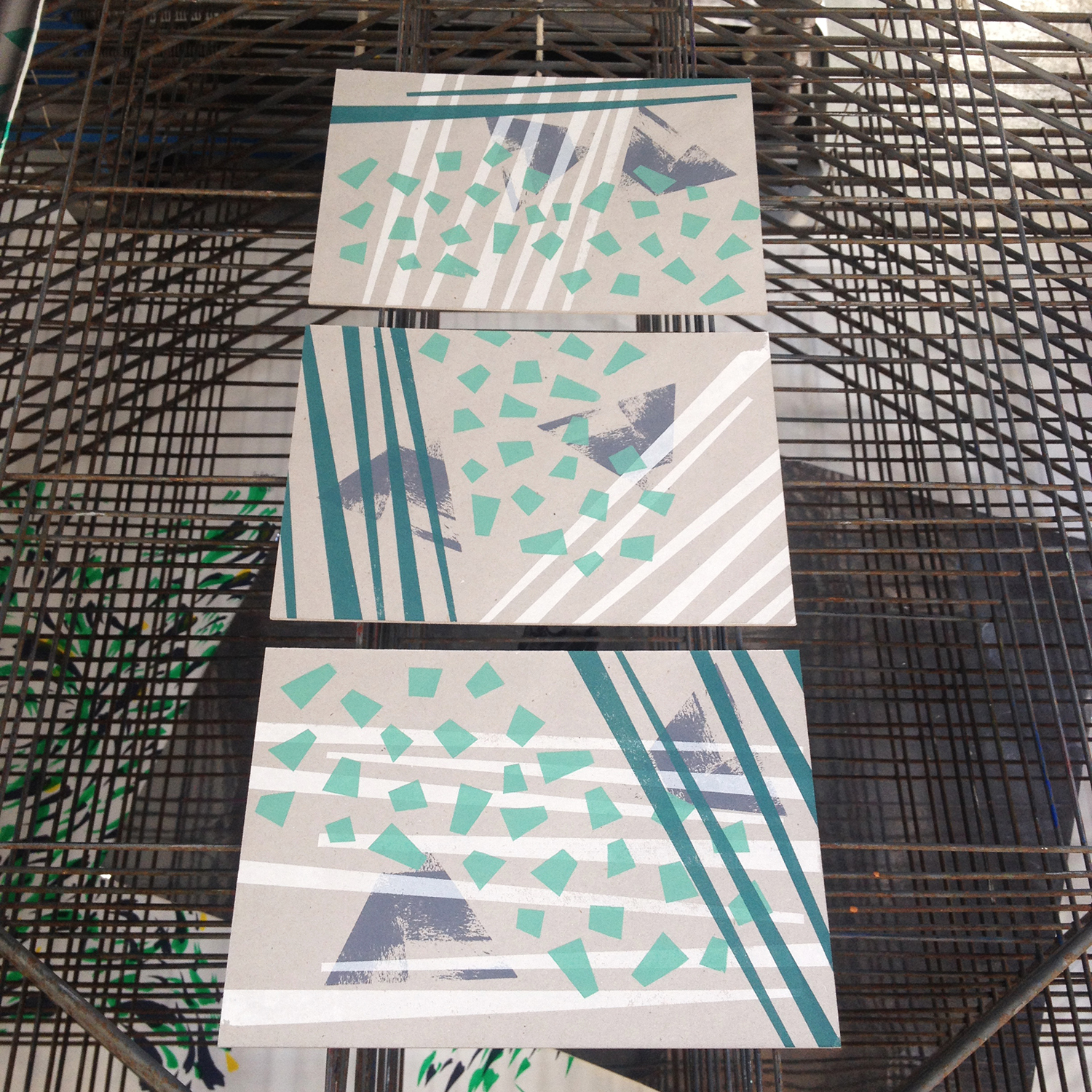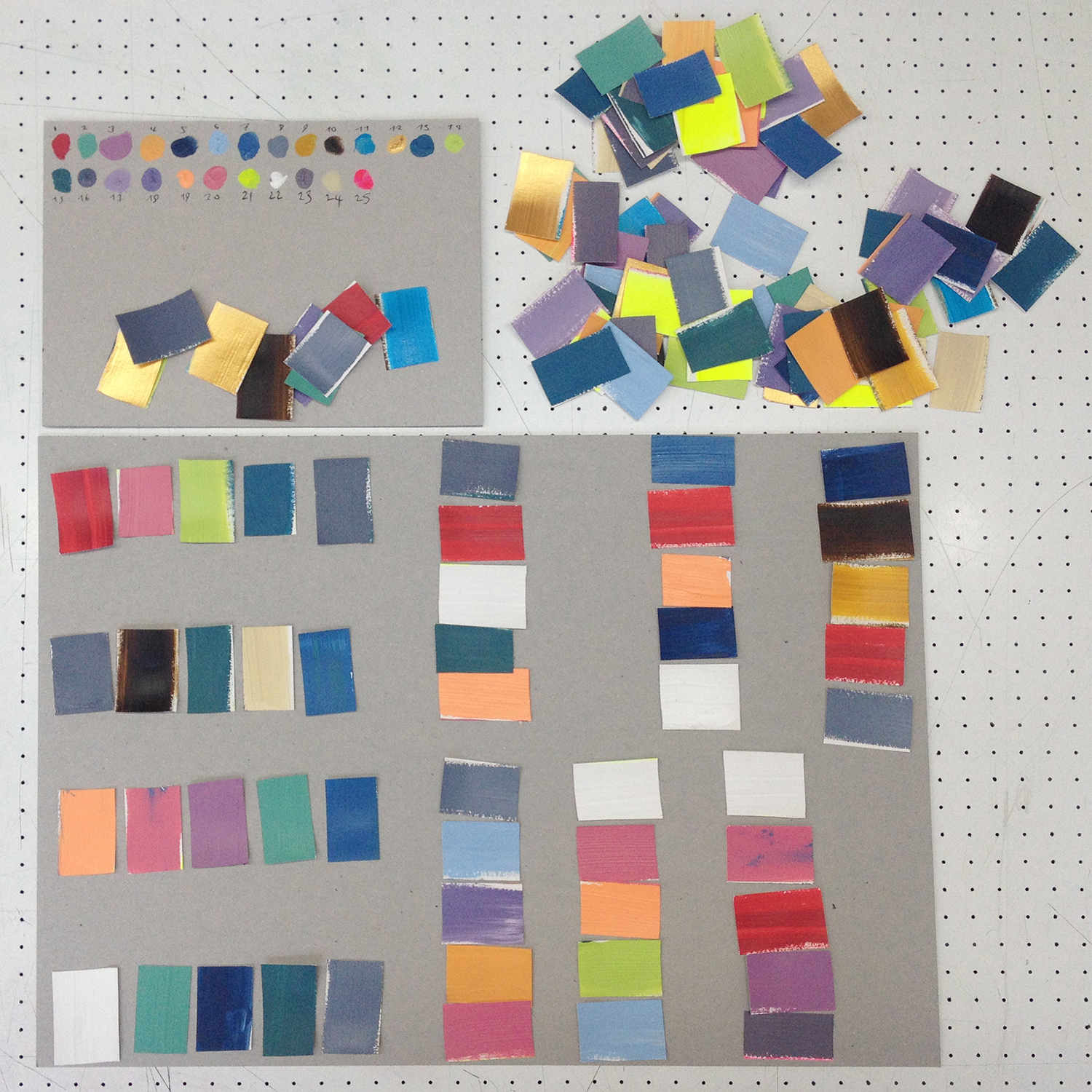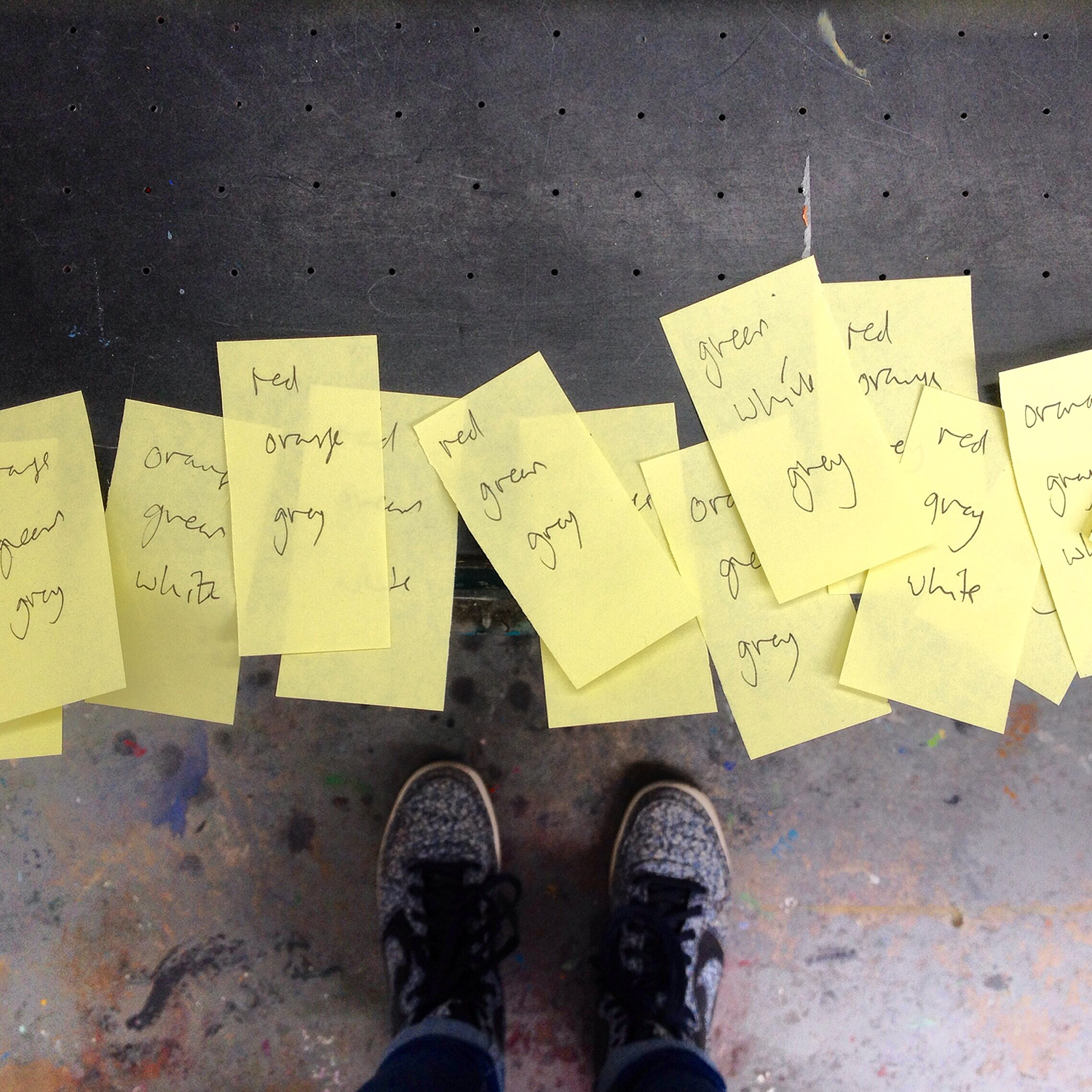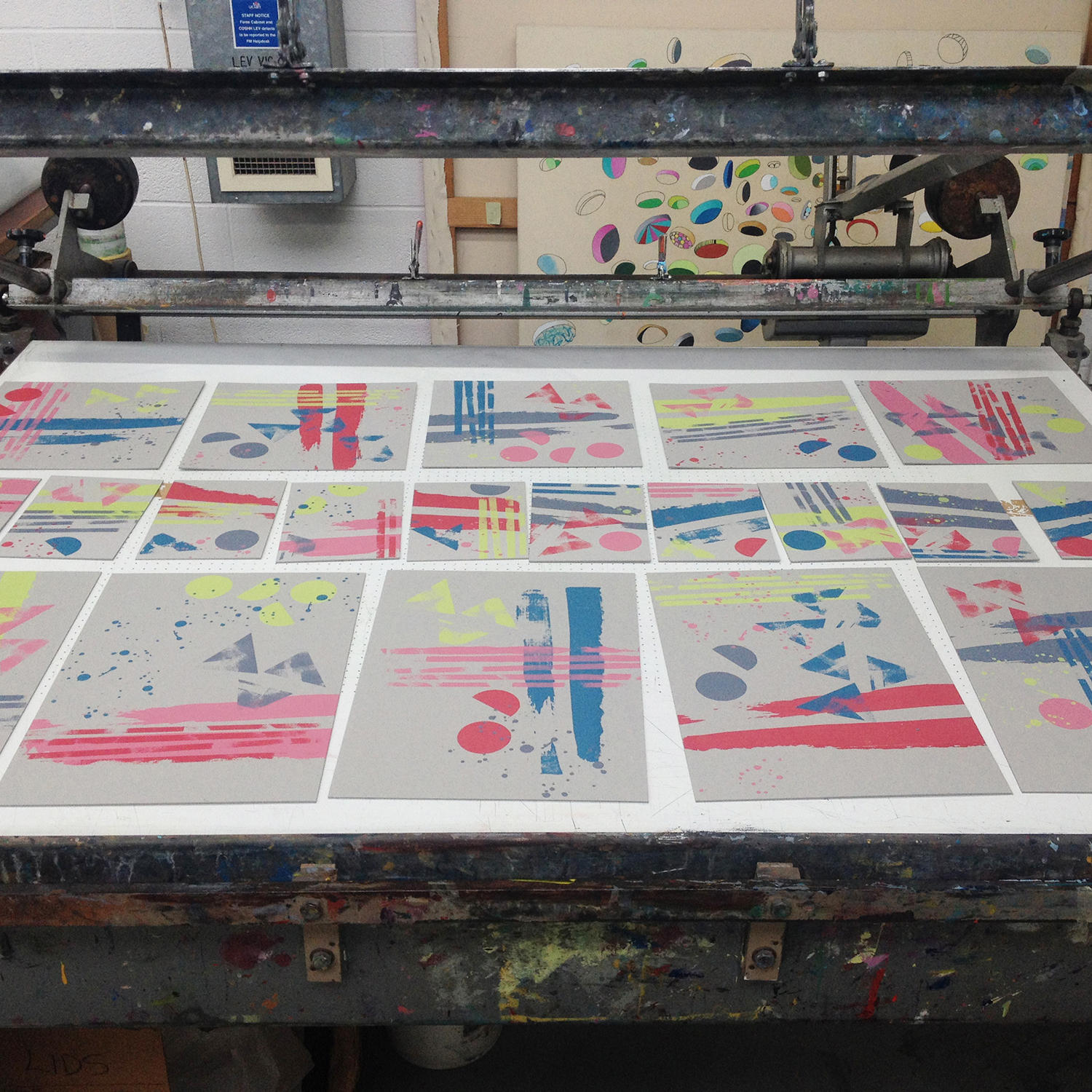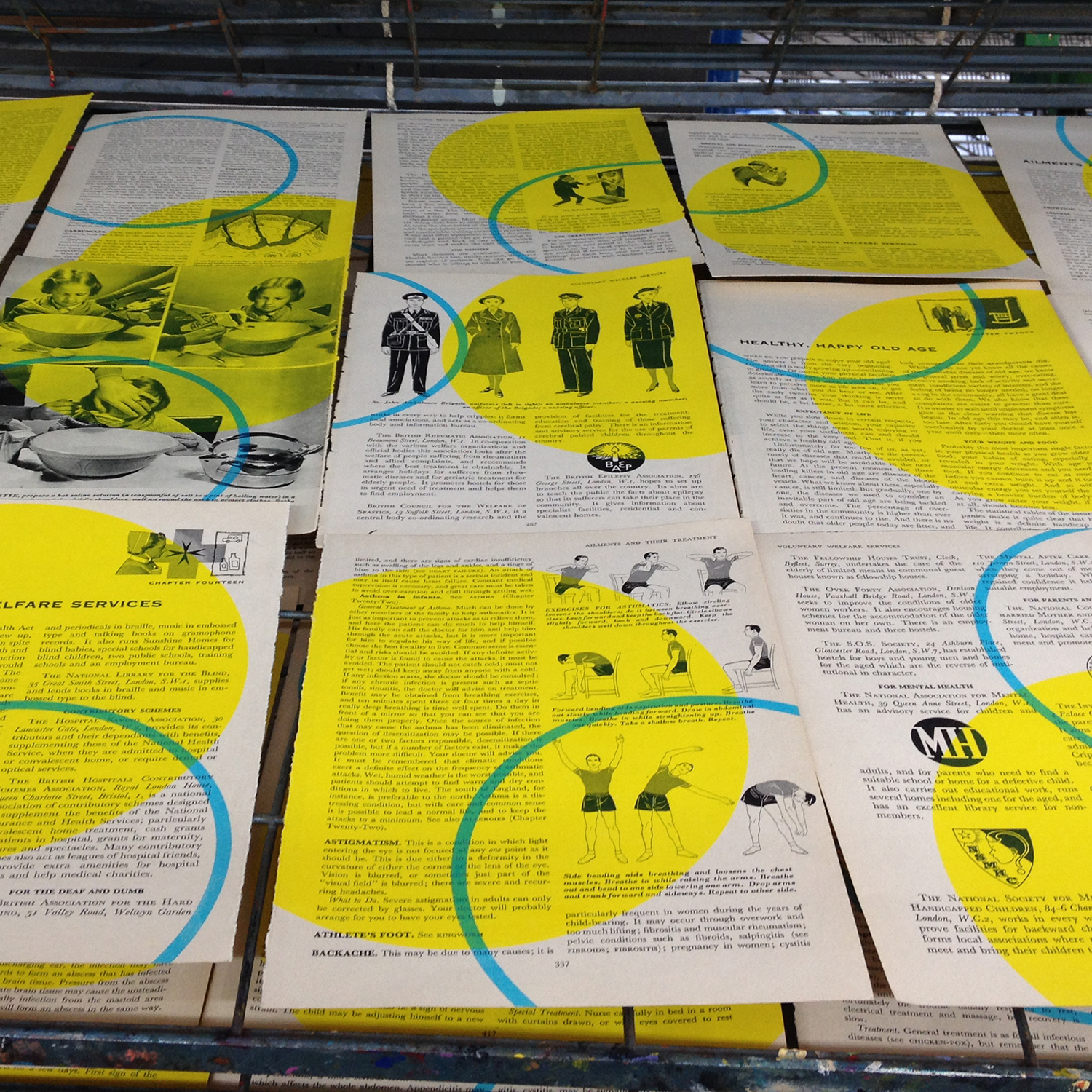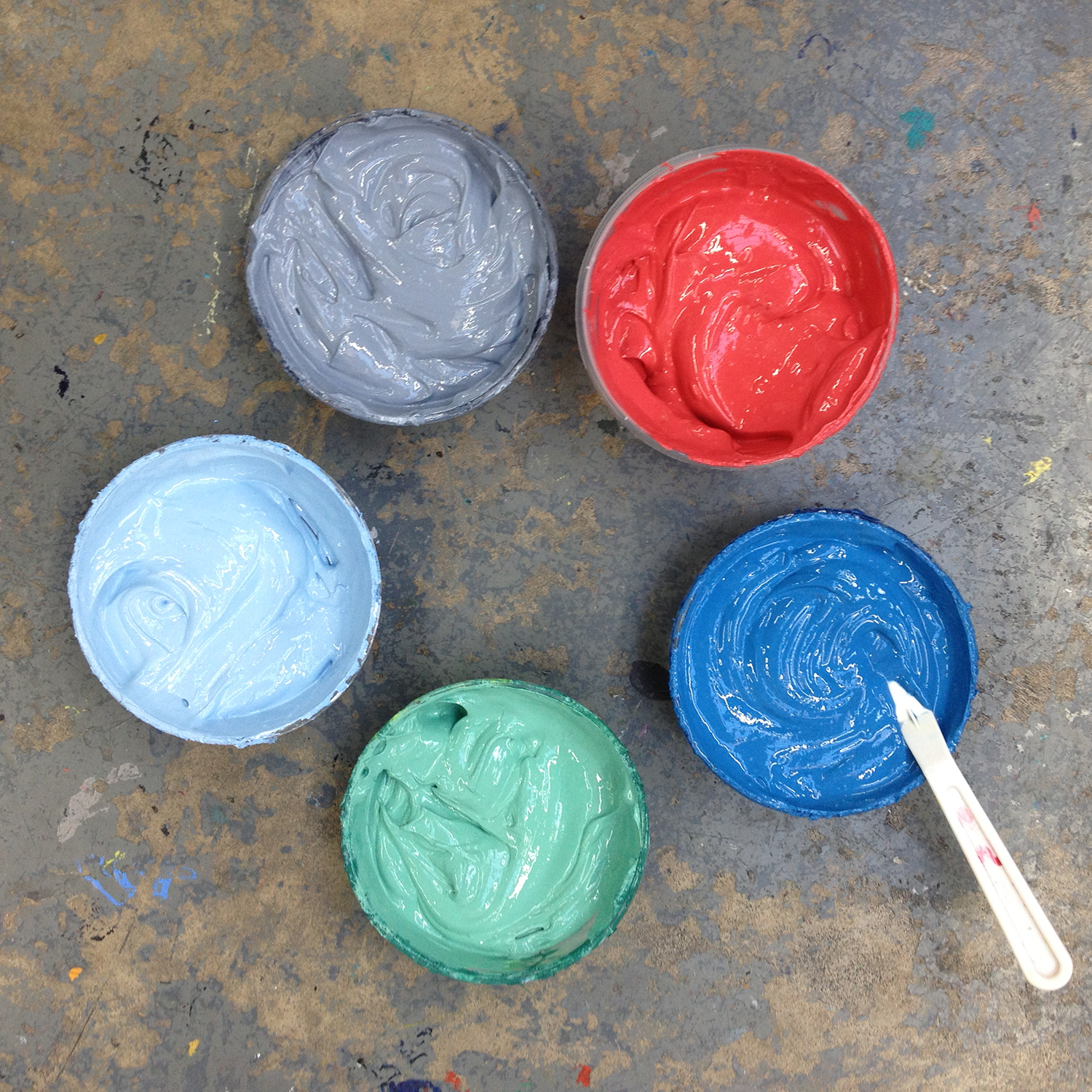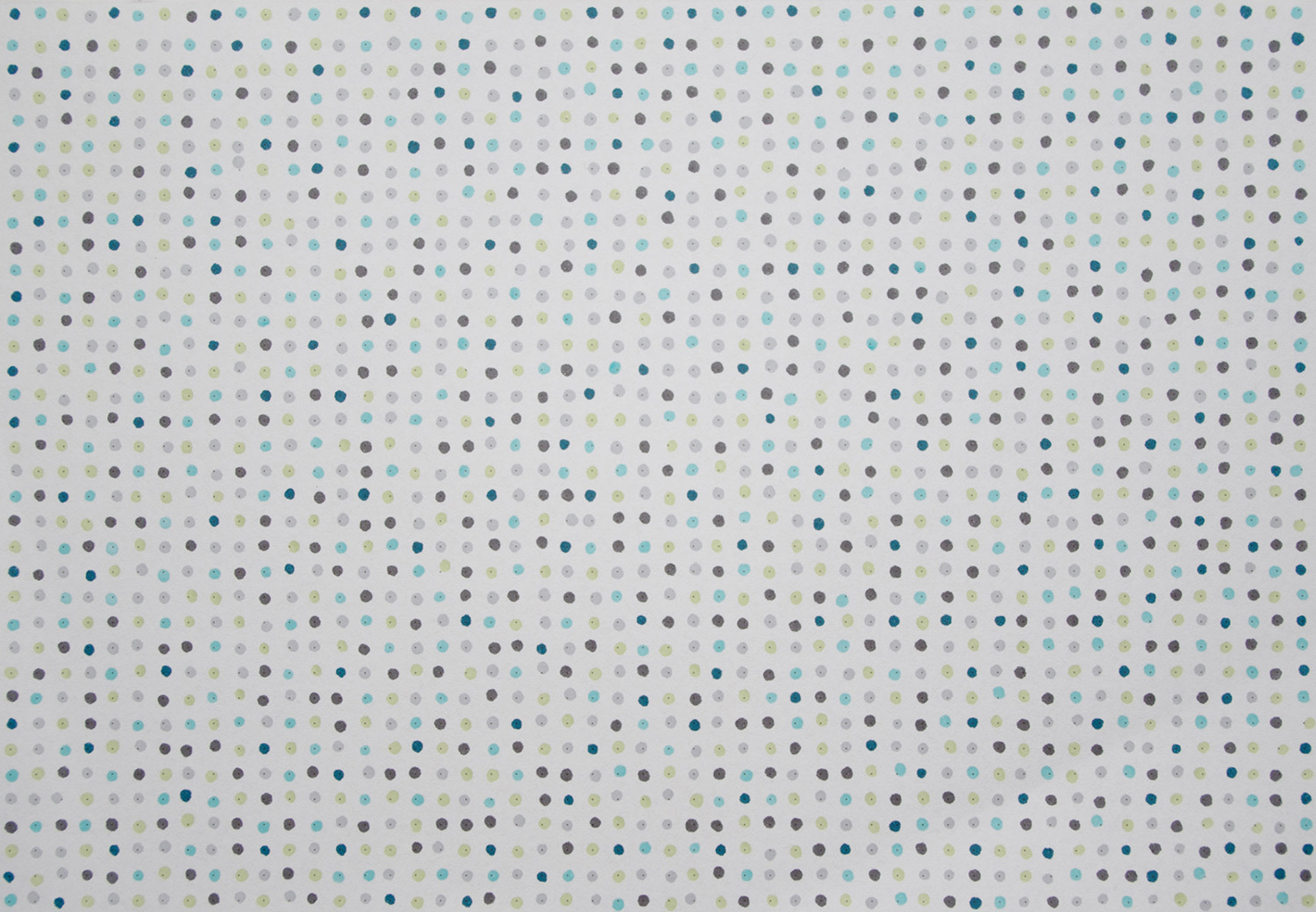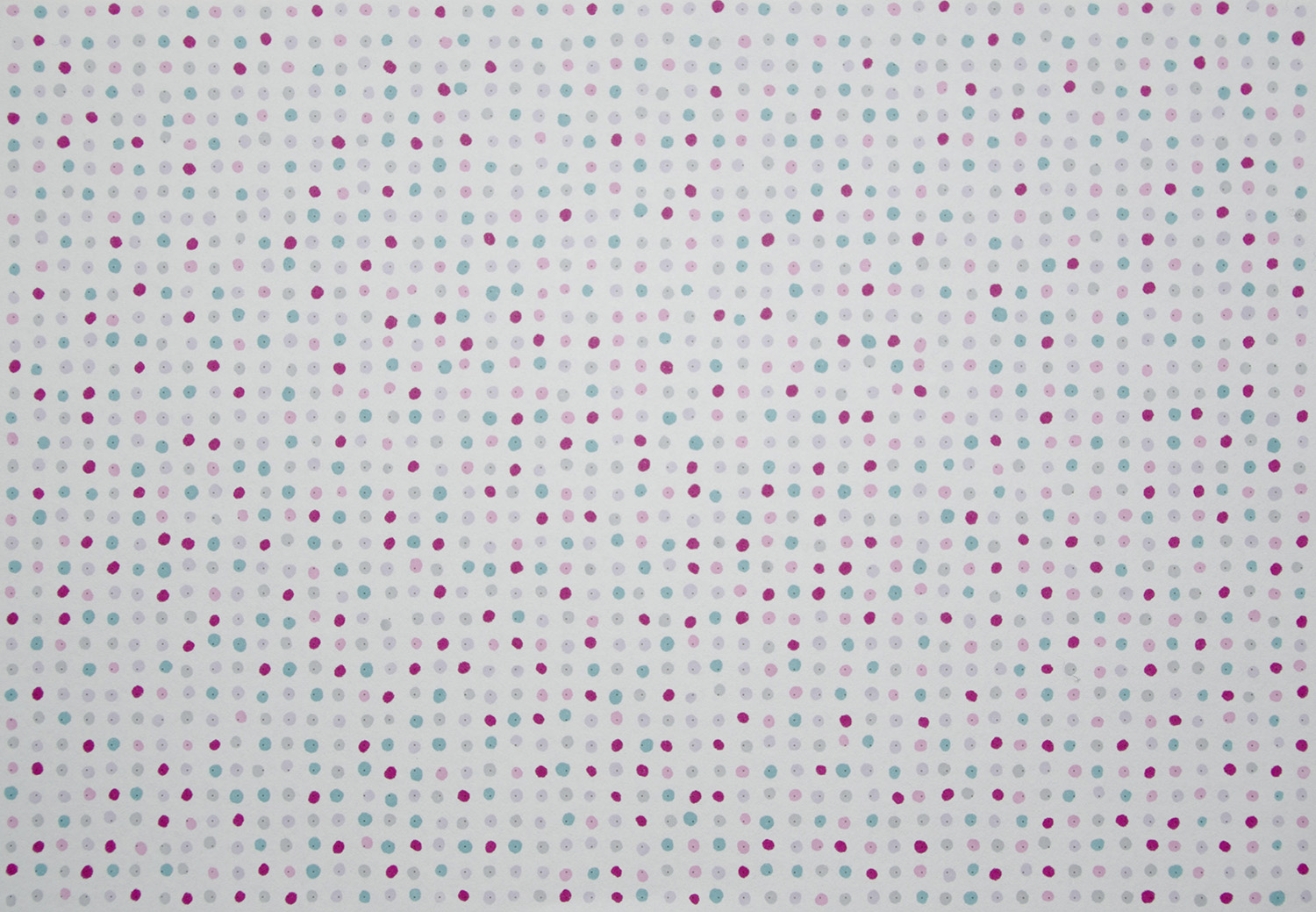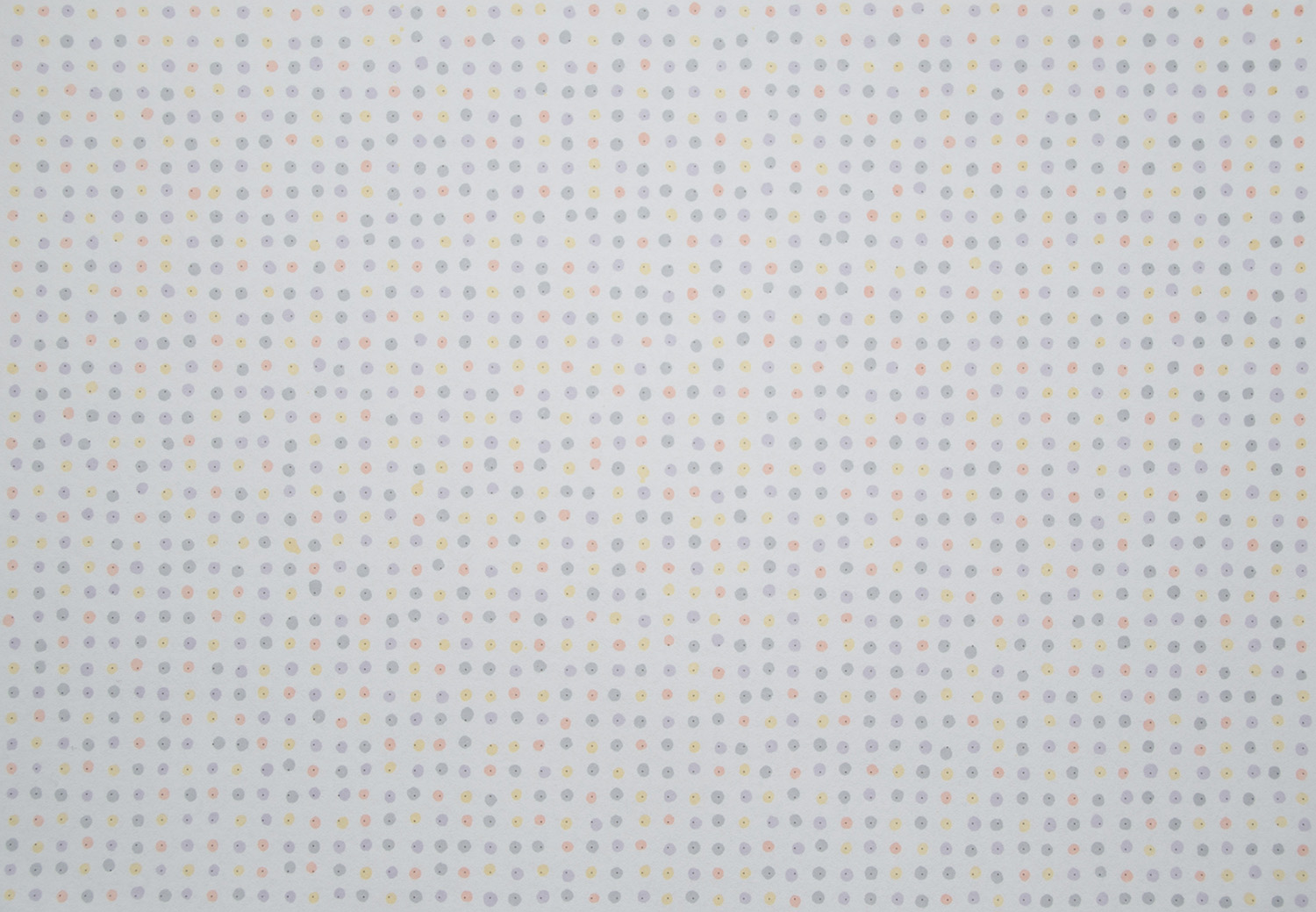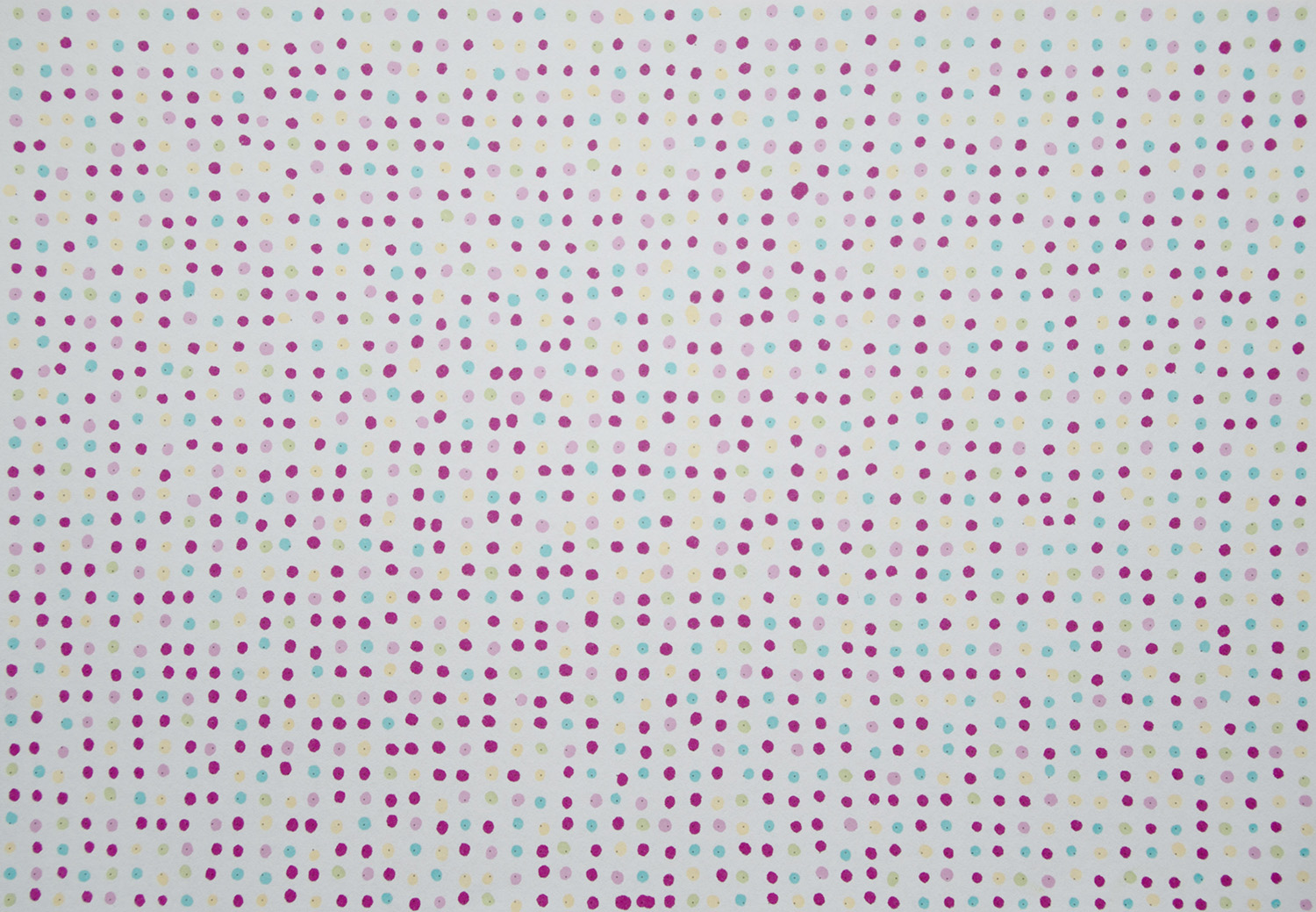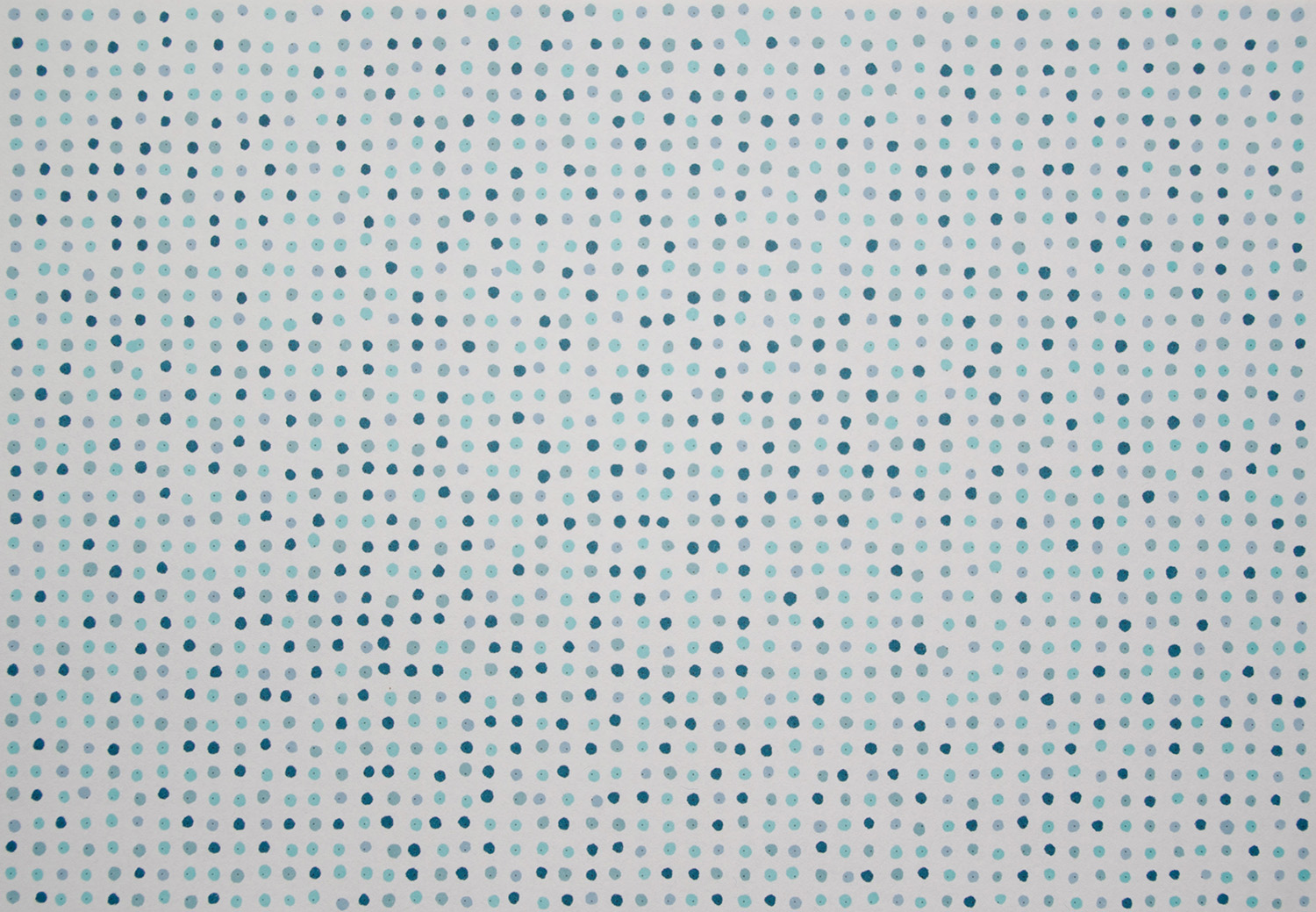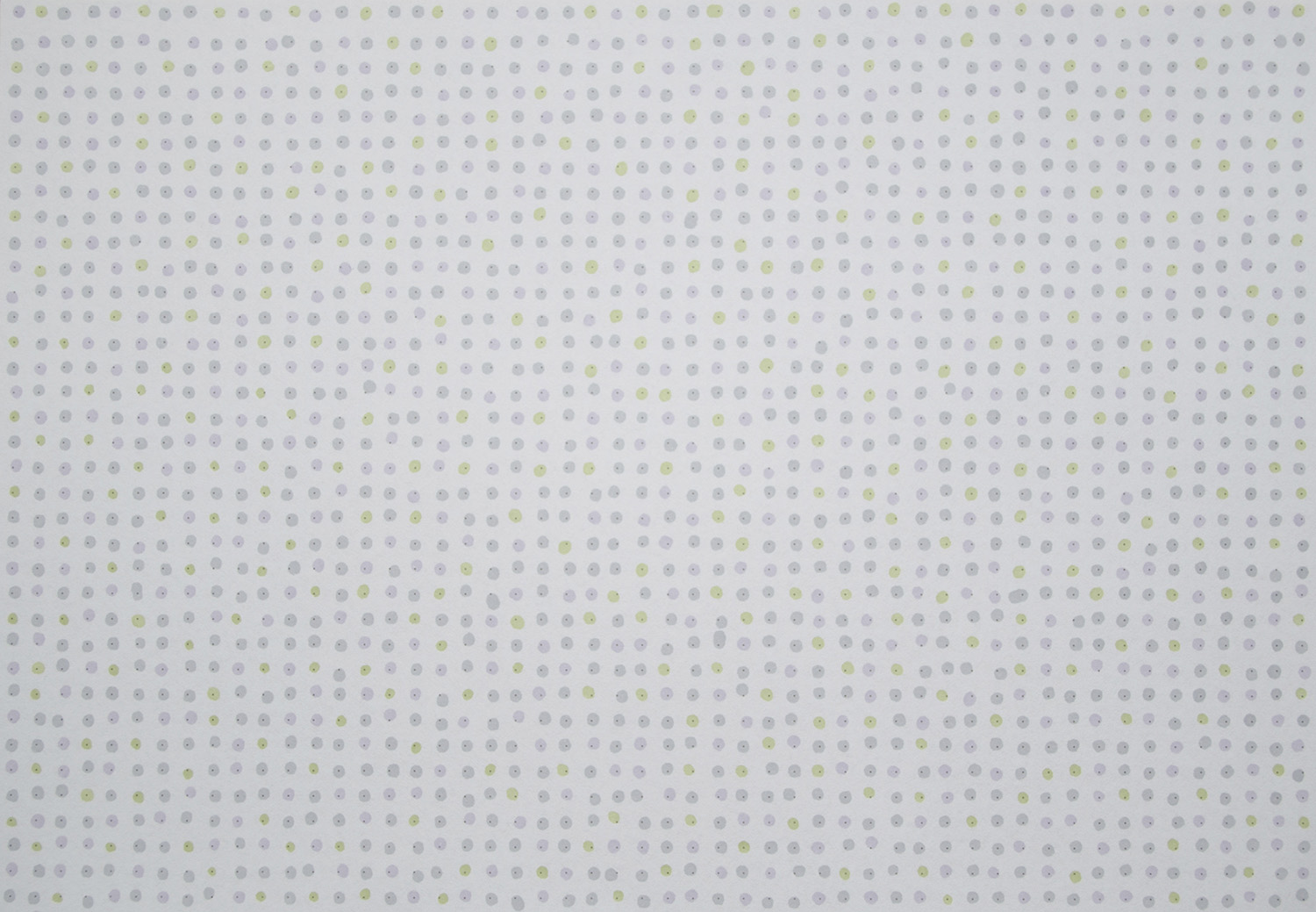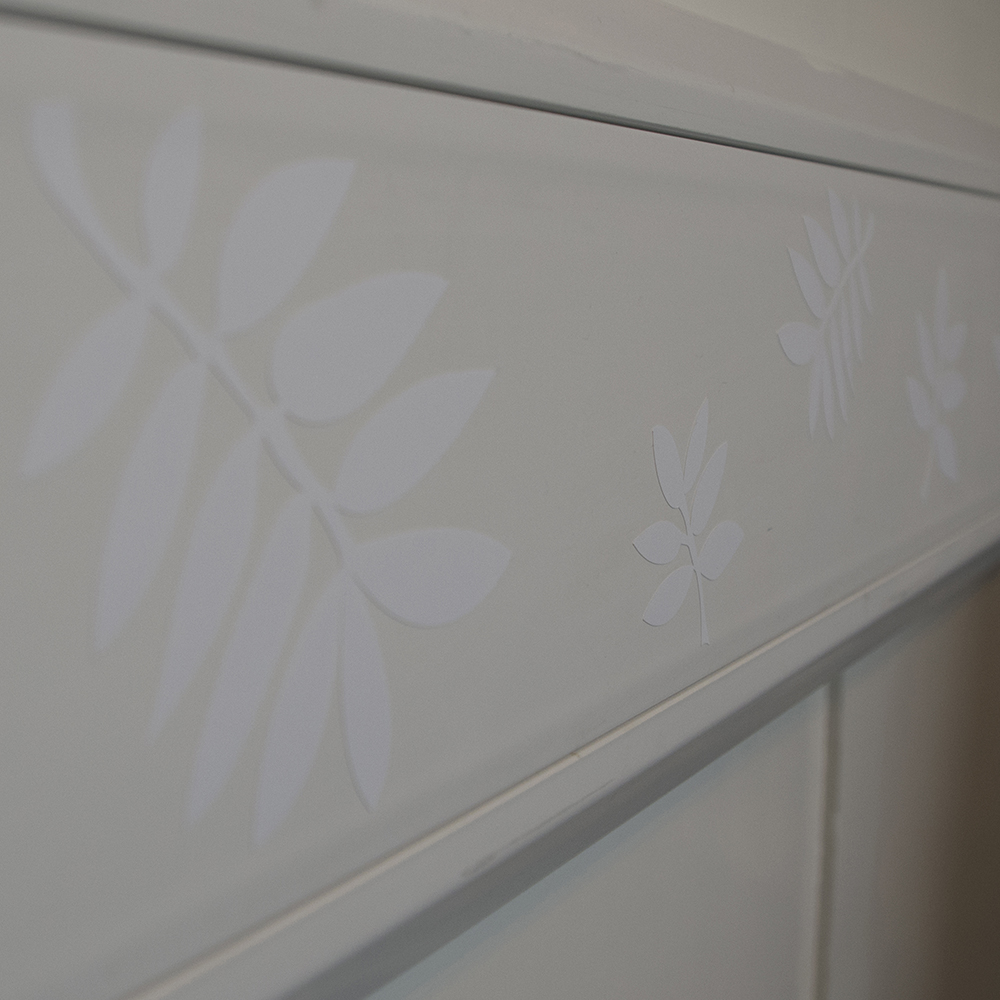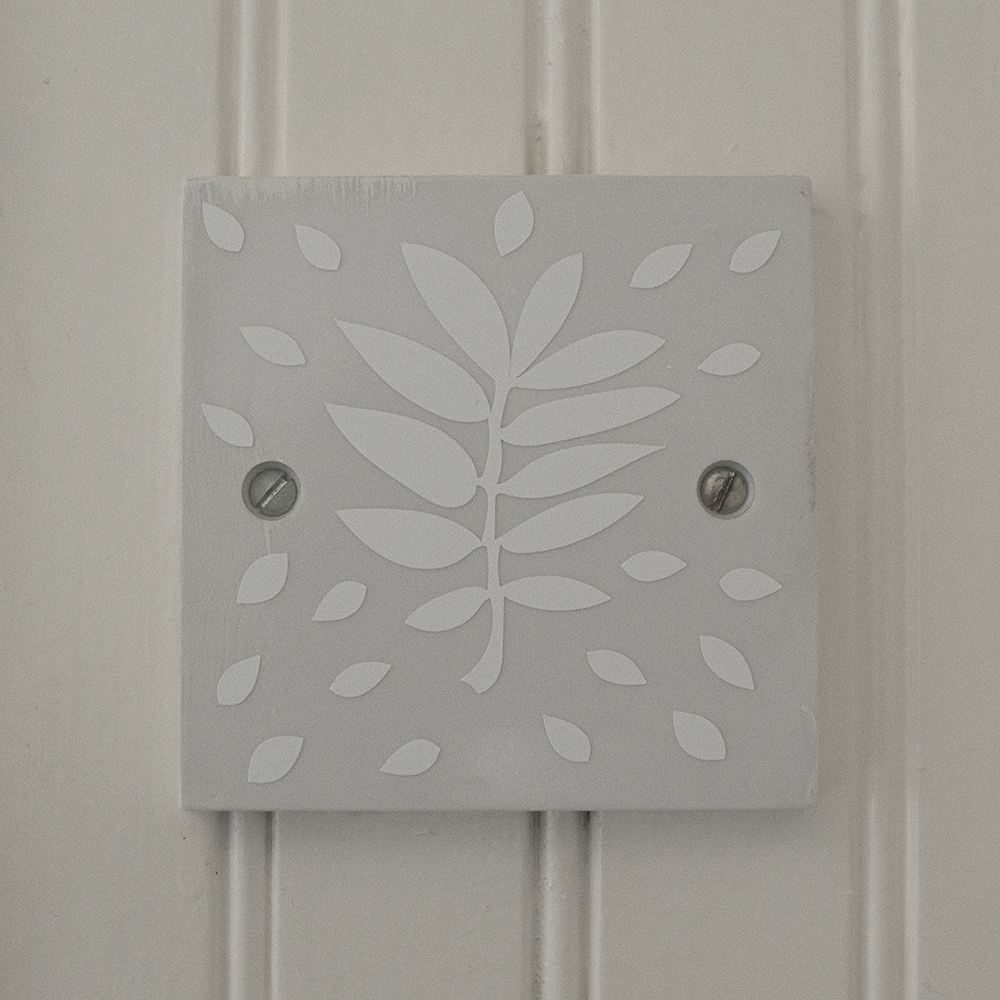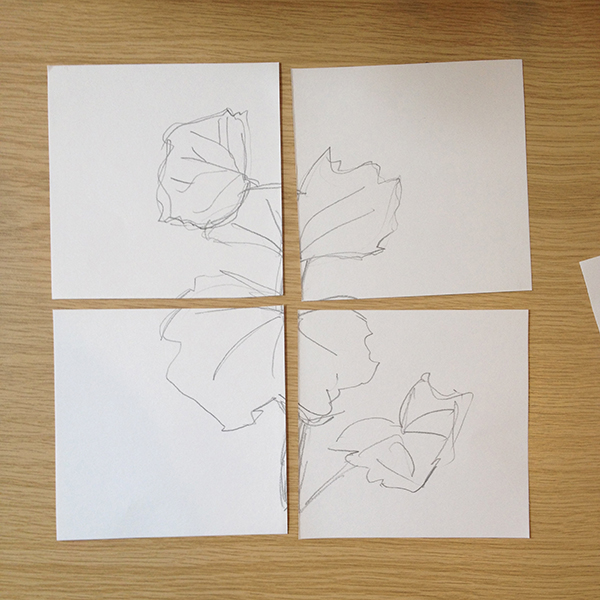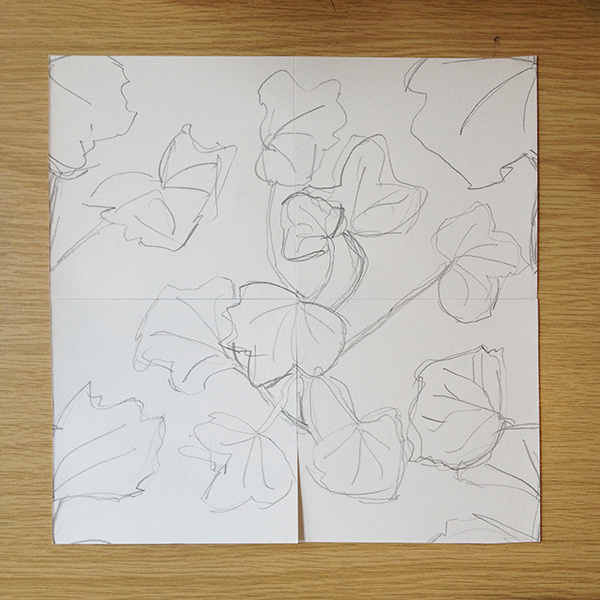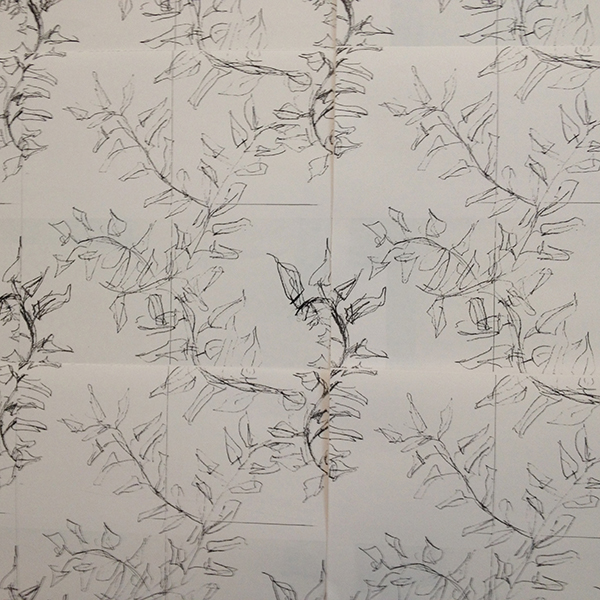Just as I was finishing my MA last year I found out I had a place on the AA2A scheme in the University of Central Lancashire’s print department. A year on, I wanted to sum up my thoughts about the scheme and share my experiences – the deadlines are coming up for the next round of placements, and I’d urge anyone who’s considering applying to go for it.
AA2A exists to give artists and designers access to university facilities to work on a specific project or area of research and to give students and staff the chance to have practising artists around. As an MA student I found it really useful to pick the brains of the AA2A artists I met – I much prefer the organic, unstructured interactions you have when you spend the day printing next to someone to the formal interviews you’re encouraged to conduct for pieces of academic writing. There’s something nice about a print studio that does away with hierarchy and puts you all on the same level of just being People who Love to Print.
I’m sure all art colleges have their own sense of community, but UCLan’s print department is a pretty special place. It has a steady flow of interesting people passing through who are all involved with the department in a number of ways – foundation, BA, MA and PhD students, staff, Art Lab (a collective of printmakers) members, AA2A artists and various other visiting artists and ex-students. The atmosphere is instantly welcoming, and you’ll be introduced to new faces and invited along to social things immediately.
The print technicians, Tracy Hill and Magda Stawarska-Beavan who keep the department running smoothly, go way above and beyond to provide support, laughs and coffee, as well as being hugely inspiring artists themselves.
Meeting and working alongside the three other AA2A artists - David Armes, Jamie Barnes and Benedict Rutherford has been an absolute pleasure – they’ve been doing this longer than me and I’ve learnt a lot from them all. We’ve had a few evenings in the pub and lots of time for bonding in the studio, delivered a lecture together and are holding a group exhibition in November. As a group, we've also been awarded a bursary from Pushing Print to collaborate on a zine for our exhibition. Our student rep, Tina Dempsey, was great at keeping us all in order whilst organising various opportunities for students to find out about what we were doing. I’m delighted to be collaborating with Tina on some work later this year.
My work over the academic year broadly fell into three areas: an intense two-week period where I created an installation in the corridor of the print studio; a body of work produced specifically for selling; and an exploratory body of work that gave me the chance to try out some ideas that had been floating around my head for a while. Interspersed with all this were various projects and bits and bobs that I did for fun. The time and space that the placement gave me to develop my own practice in this way felt like a real luxury – it gave me just the right balance of freedom and structure.
If this reads as being a bit gushing, it’s because it was one of the best things I’ve ever done – it gave me new friends, new opportunities, a sense of belonging, lots of laughing and a new confidence in myself and my work… I genuinely can’t recommend the experience enough.
The deadlines for the 2015/16 AA2A placements are coming up over the next few weeks – there’s a list of all the participating colleges here. Get applying!



